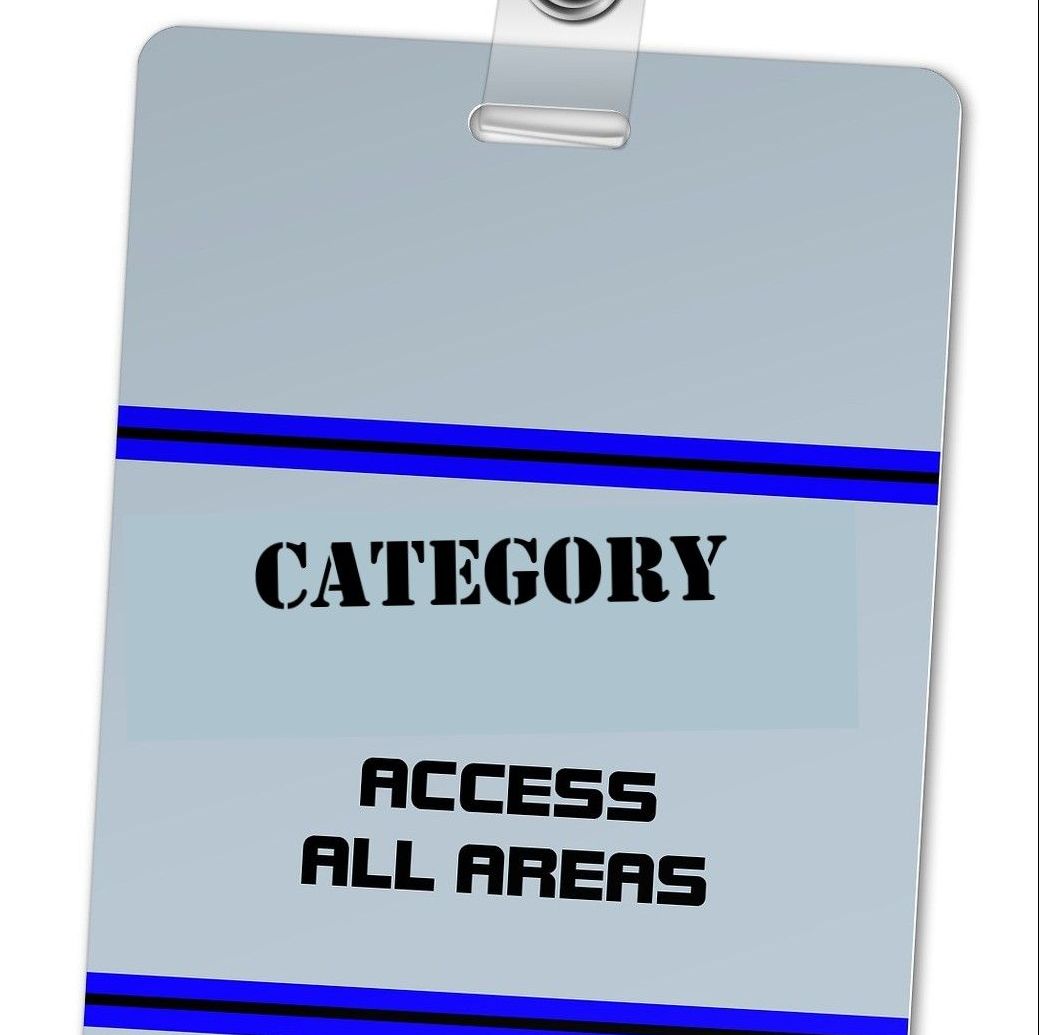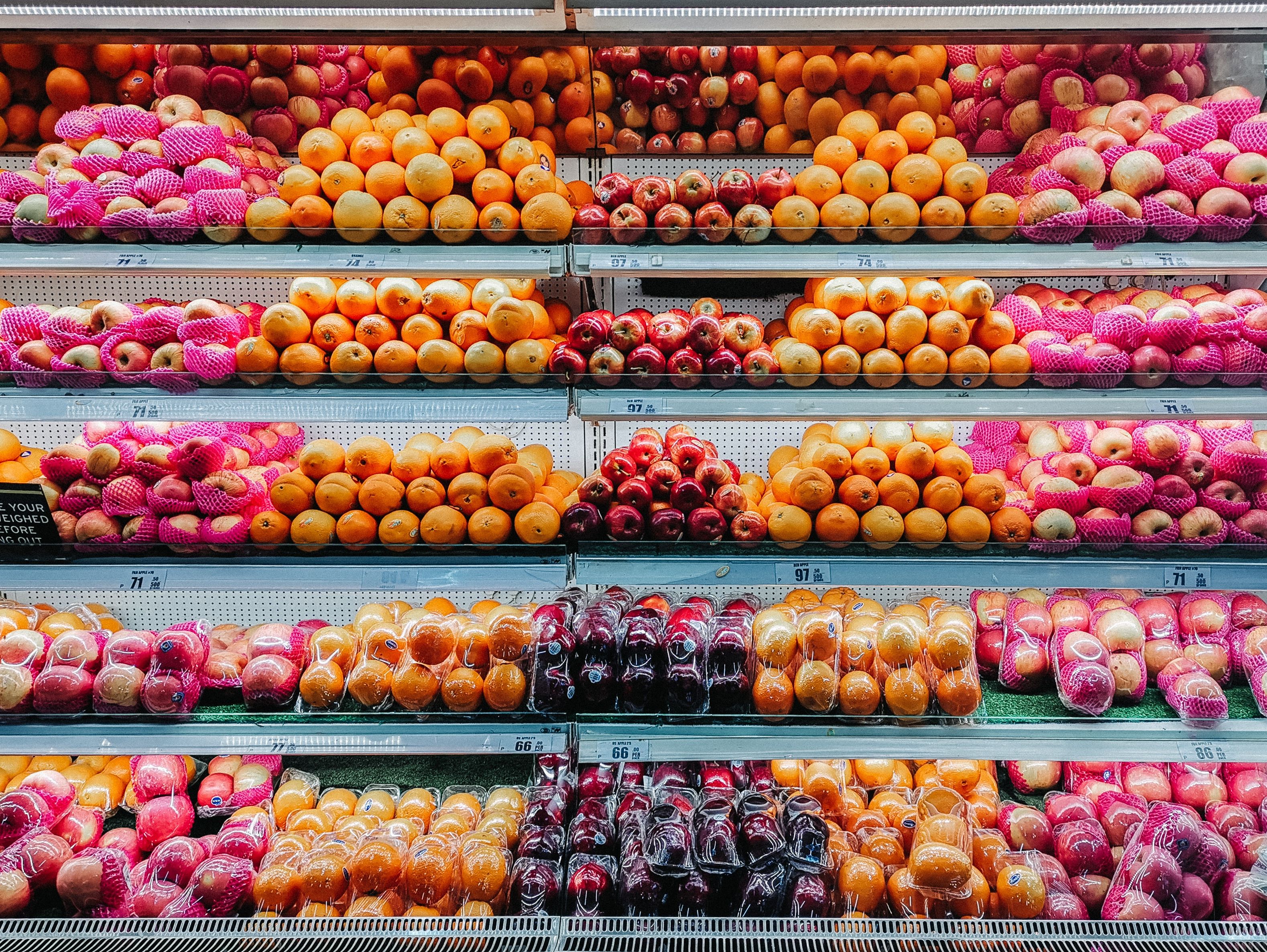SHOPPERS DESERVE QUALITY TIME.
As category management people, we spend countless hours obsessing with the categories that we are tasked with managing, developing, and growing. We obsess over the latest set of figures received from our data suppliers. We are aware of the slightest change that occurs in a data set and then scramble to justify reasons for that change. We often put in ridiculous amounts of time compiling category reports and looking for insights. But how much time do we devote to the people who ultimately matter? How much time do we devote to the shopper? After all, these are the people who will help us to achieve our obsession objective.
The quality of time spent on the shopper is more important than the amount of time devoted to them. So, what is the best use of your time when it comes to the shopper? Time spent analysing shopper data is worthy and useful but think of this. The shopper can only buy something if it is presented to them in an accessible way. The quality of your time spent on the shopper is greatly enhanced if you know how to help them access your category to increase the chances of a purchase conversion.
This post is geared towards the in-store shopping occasion. It is focused on physical rather than mental category availability. It explains how category management practitioners can use five simple rules to ensure shoppers can access your category as effortlessly as possible.
The Rules
1. Have the Right Range.
Ok, this sounds obvious, after all range reviews are the bread and butter of a lot of category management tasks. However, the shopper deserves to have the right range within the category available to them wherever they shop. That is not to say that every store should accommodate every product on their planograms. The optimal way to ensure the right category range is available is to have the correct assortment mix available based on shopper and consumer preferences, needs and prevailing trends. Having variety within range is also important because it will provide inspiration for the shopper. The key here is for the category team to incorporate appropriate category centric choices into their ranging plans and then allocate appropriate ranging distribution points to each product that will balance shopper needs with operational functionality in store.
2. Have the Correct Layout.
Behavioural scientists will testify that most humans love structure and that this desire for structure and organization is carried through to the shopping environment. Take shopping for groceries. We tend not to shop for groceries at a jumble sale because a higgledy-piggledy layout does not appeal for this shopping occasion. Having a clear category layout will increase the changes of the shopper accessing your category.
Consider the following layout attributes in your point of purchase strategies:
Appropriate Flow. Most shoppers browse an aisle from left to right. Consider the destination areas within your category aisle (shoppers will make their way there regardless) and the category segments that can serve to interrupt as shoppers travel toward their destination.
Correct adjacencies. Shoppers will have pre-formed connections in their minds about where they expect to find products within an aisle run. Good shopper research will help you discover the expected adjacencies and will allow you to test the appeal of different ones.
Segment Blocking Strategy. Sometimes product assortments are merchandised beside each other because it looks good from a brand perspective or it has “just always been that way”. But what makes sense from a shopper or consumer perspective? Remember, shoppers often buy based on consumption or usage occasion. Blocking strategies like pack size, product type, brand or occasion etc. can all be researched based on the consumer/shopper decision making process.
Optimal Shelf Location. We all know that there are hot and cold shelves within every fixture. The optimal shelf position for product assortments will change depending on your category. Some believe that eye-level is best (after all, “eye-level is buy-level”), however shoppers come in all different shapes and sizes! Some merchandisers prefer “heart level” assortment location to account for this. Items with a big stock turn are sometimes housed within the first shelf or the fixture “well” because of greater shelf depth. Whatever the optimum location, it is your job as the category expert to discover what is best for the category based on good shopper insight.
Optimal Shelf Position. Like location, there can be hot and cold spots running along the length of the shelf that could influence one purchase over another. Luckily, today’s technology can help you to easily identify these spots using eye tracking and thermo-technology. True category captains will discover where the shopper is most likely to look and will position category products accordingly in an unbiased manner for the good of category growth.
Balanced Product Space on Shelf. Ah the race for space. What could be more pleasing than the sight of several facings of your highly branded product symmetrically arranged in a vertical drop for your shoppers viewing pleasure? While this sounds like a suppliers win/win, it may not be what the shopper or consumer really wants to see. Shelf space planning works best when there is a correlation between space and sales per store. Exceptions to this correlation can be made for new, niche or highly differentiated products.
3. Know the Category on Shelf Availability.
If the product is not on shelf, the shopper cannot buy it. Lost sales attributed to products that should be on shelf but are not for whatever reason can be extremely costly and frustrating. Try to establish a process to identify the availability levels in your category across your different retail channels, customers, and assortments. Knowledge of key selling times will allow you to assess the true lost opportunity cost of stock-outs. It is a good idea to get to know the root causes of lines not being available because the issue could originate from a supply or demand side or both. Set up a descriptive dataset for the issue, then work on remedial solutions and measure the performance of actions taken.
4. Know Your Planogram Compliance Levels.
Planograms are put in place for a reason. The best ones are the ultimate representation of best practice category layout based on shopper insight and operational functionality. Lack of compliance to planogram implementation is one of the most vexing and wasteful category management phenomena. Ignorance may be bliss when it comes to planogram compliance, but ignoring the issue is not going to help your category get into the shopper’s basket. The first thing to do about it is to identify any compliance issues and then create a plan to close the compliance gaps. One cause of compliance issues often starts at the beginning of a category management or range review project and that is lack of true category strategy engagement between all stakeholders. Ensuring collaboration at all category development stages will help with shopper conversion to purchase.
5. Try to Meet the Shopper Mission.
One of the best ways to give shoppers access your category is to meet them along their journey within the store. Most shoppers are on a mission, for example, to top up and get in and out of the store as soon as possible, to stock up on their essentials, to hunt for and gather components for a big meal or to satisfy a craving for a snack. Knowing the key shopper missions for your category could provide opportunities throughout the store to meet these missions, shortening the path to purchase and increasing purchase conversion rates.
So, there you have it. Some simple ways to allow the shopper to access your category. Take the time to consider what the shopper can or cannot see during each shopping trip. The shopping trip is your last chance to influence the purchase decision. Having a plan that is rooted in consumer and shopper insight combined with operational functionality will bear fruit. Plan your range and category layout optimally to unlock category access. Know your shopper missions and meet them along the in-store shopper journey. Devise a clear set of KPI’s based on planogram compliance and on-shelf availability and measure continuously to counter against missed opportunities.
Want to know more? Check out the Enquiries page for a free consultation.



Comments
Leave a comment